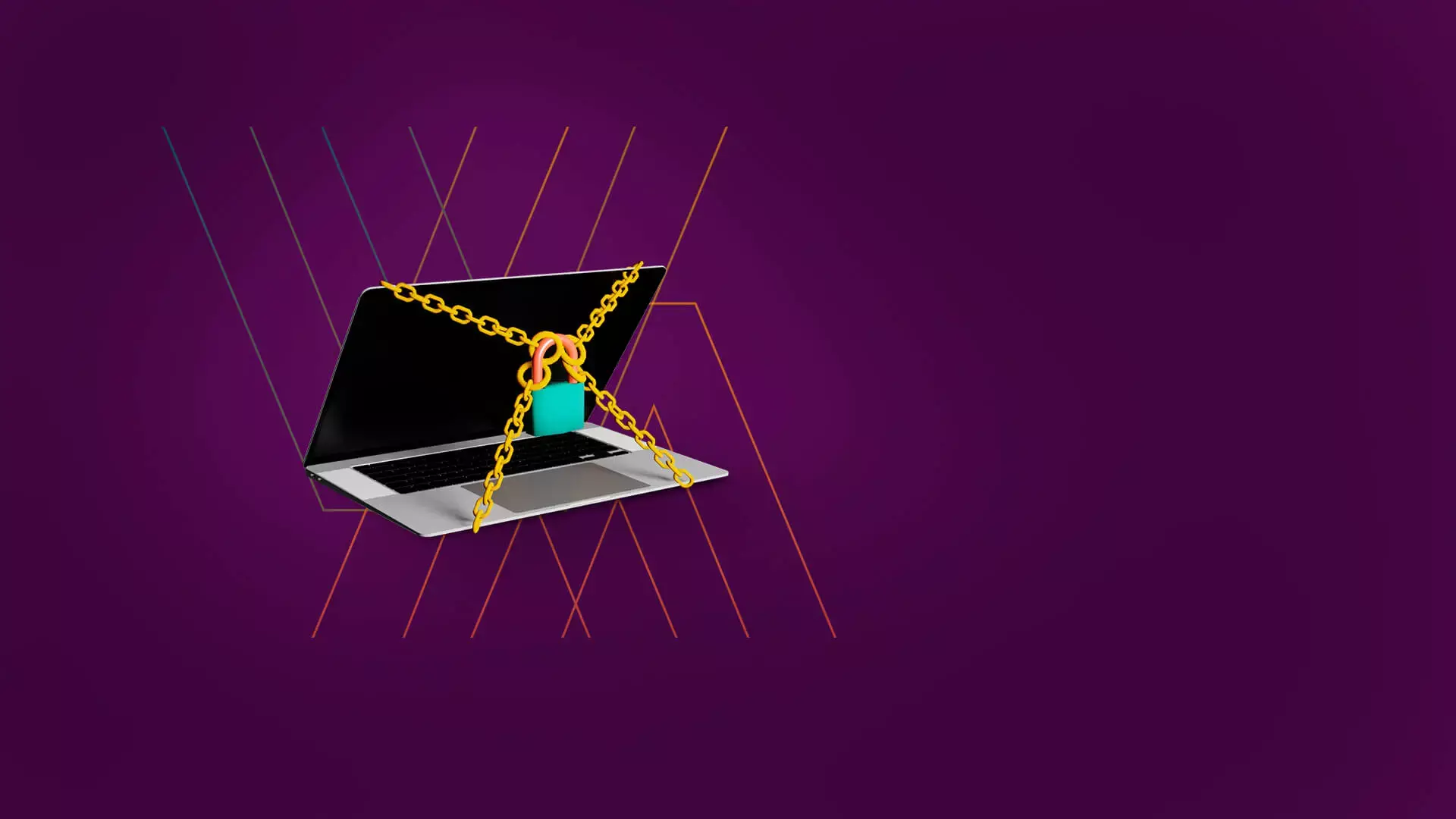Canonical's take: Moving to the cloud… and back?
The rise of fintech over the last decade could be attributed to a combination of many factors— dissatisfaction with the banking industry after the financial crash, a smart device in everyone’s pocket, a culture of startups that led to fast growth of the ideas with the best potential. Cloud computing underpinned a great deal of this change, says Kris Sharma, Finance Sector Lead at Canonical and one of our Fintech 5X5 Report contributors
 Fintech quickly realised that innovation is far easier and less costly using the cloud, ideas could be quickly prototyped and then iterated upon or discarded without worrying about sunk costs.
Fintech quickly realised that innovation is far easier and less costly using the cloud, ideas could be quickly prototyped and then iterated upon or discarded without worrying about sunk costs.
But the cloud doesn’t solve everything—in fact, the centralisation of processes through the use of cloud can, at times, result in additional challenges for Fintechs thanks to their business model—-and these need to be addressed by a complementary infrastructure solution .
A move back to on-premise is not on the cards, except in very specific circumstances. Instead, there needs to be a compromise, where the benefits of cloud and on-premise co-exist. Edge computing, aka “micro clouds”, is not a move back to on-premise, but a cloud computing model that uses smaller facilities with a smaller cluster of servers.
What difference does this make? Edge computing is conceptually simple—data is captured, processed, and analysed near to where it is created, rather than sent all the way to a central cloud and then back again. This is important when speed is absolutely critical, for example trading that relies on milliseconds to be effective. Within the Fintech industry, there are multiple use cases of Edge technology implementation.
The fintech market is fast maturing and thus facing rising costs, increased regulatory scrutiny and cybersecurity challenges. Edge computing is vital to overcoming many of these.
Edge computing, or “Micro clouds”?
Edge computing is the industry accepted term for this technology, but it’s still confusing to many. It fails to capture what the benefits to businesses might be. At Canonical, we think it’s better to think in terms of “micro clouds”.
A micro cloud is a small cluster of compute nodes with local storage and networking. There is a minimum of three nodes in a cluster so as to enable high availability and self-healing.
It offers redundancy and scalability, with setup and ongoing maintenance automated through APIs—vital when these nodes will be distributed at the edge of a network and not centralised.
‘2021 is the year to start planning, identifying where the problems lie and what cloud strategies could help.’
Crucially, this is not a move back to on-premise. It’s smaller, managed, decentralised clouds for computing at the edge. Micro cloud is not an alternate solution to the cloud, but a technology with specific use cases that will be far more suitable, if not necessary for success Automation is vital to making this work.
One micro cloud is manageable, but moving the compute closer to the edge of the network means replicating work across lots of edge devices. Managing this through open source software that enables the deployment and management of micro cloud through APIs is not just desirable but necessary.
Given fintechs have blazed a trail when it comes to APIs and automation, micro clouds can be quickly adopted and aligned to individual use cases. And we shouldn’t be fooled by the “micro” in micro clouds. Edge computing could be one device, a micro cloud could be as few as three and as many as 20. Edge computing is not one thing—like the cloud it can expand to meet needs and shrink to manage costs.
Edge computing and fintech
So fintechs should not be ripping out their cloud infrastructure to replace it with micro clouds as they did with on-premise. Instead, they should be looking to evolve their cloud provision by identifying where exactly the cloud isn’t quite meeting their specific needs. Ultimately, the choices to be made are all about data. Fintechs are dealing with increasing amounts of data and need to understand how it is protected, where it is at any time, what laws apply, and what this data is costing the business.
There is a good chance that micro clouds could help address some, if not all of these challenges.
2021 is the year to start planning, identifying where the problems lie and what cloud strategies could help.
You can read the full article and find out more by downloading our Fintech 5X5 Report here >




-1%20(1)-1.webp)
.webp)
.webp)
%20(1).webp)
-1.webp)



.png?width=137&height=90&name=Payments%20Awards%20(1).png)


.png)